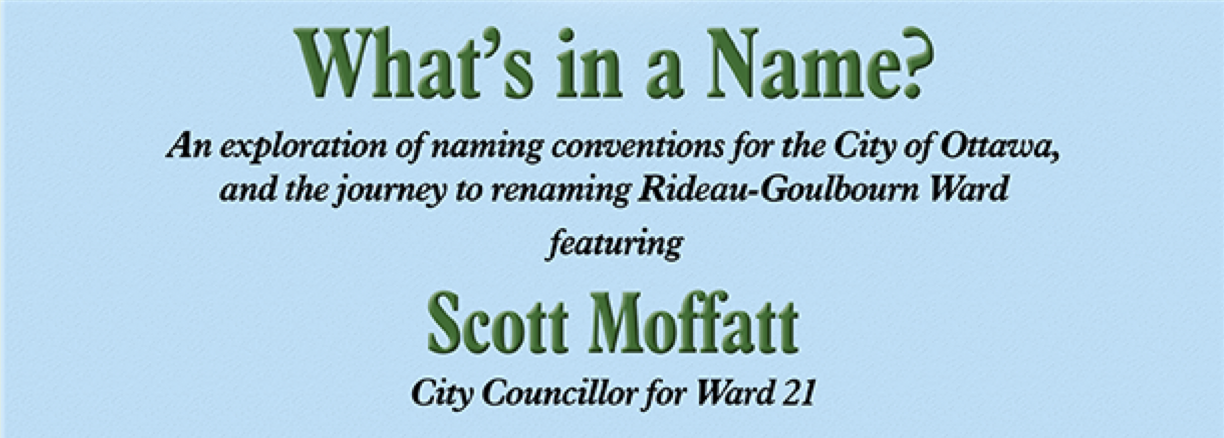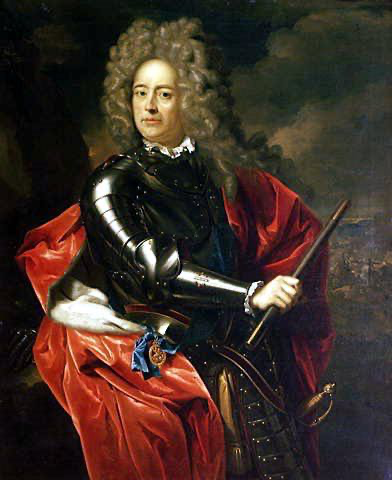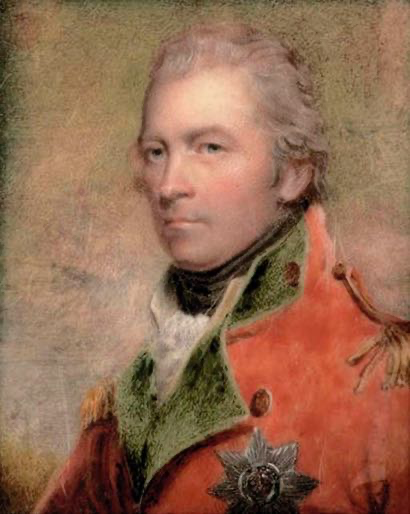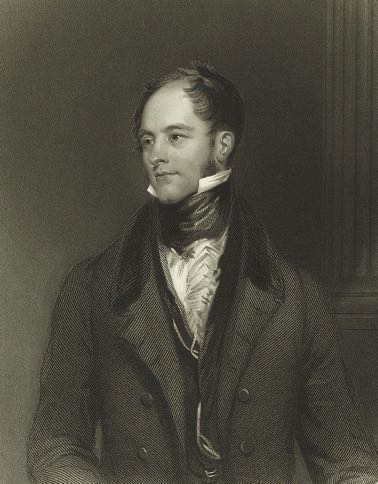What’s in a Name?


~ Report by Myra McFarlane ~
October, 2021
The recent City of Ottawa Ward Boundary Review provided all councillors with the opportunity to review both ward boundaries and ward names. As a result of the review, several boundaries were changed, and some ward names were changed, including our own.
Ward 21 will now be called Rideau-Jock, instead of Rideau-Goulbourn.
As Councillor Moffatt pointed out early in his presentation “Every street name in Richmond has a story” and by extension, every geographic feature or artificial entity also has a story. The question is: what stories do we want to honour?
Councillor Moffatt began his presentation by sharing a little about his family history - which dates back to the earliest settlement of Richmond, just after the war of 1812. He then went on to explain how, in earlier times, place names were chosen to commemorate important personages.
He provided the example of Marlborough Township, which was named after the first Duke of Marlborough (who was active in the early 18th century, serving five monarchs.) While the Duke had a fascinating career and a unique family tree that, moving forward, includes Winston Churchill and Princess Diana, he never actually set foot in Canada.
On the other hand, the Duke of Richmond, for whom the town of Richmond is named, not only lived (and died) in our region, but he came close to being one of the Fathers of Confederation.


With the threat of invasion from the United States very much on his radar, the Duke, as Governor General of Canada, (18181819) firmly believed that unification of the provinces of Upper and Lower Canada was necessary, and he campaigned for such an outcome. Sadly, he died of a rabid fox bite and the title of Father of Confederation would fall to others.
The Duke of Richmond had named a tributary of the Rideau River the Goodwood River. However, a local Frenchman, whom we only know by the name of Jacques, drowned in that river, and it was his name that stuck. Over time, “Jacques” was anglicized to “Jock”.
Moffatt gave a number of other examples of how local communities received their names. It seems that you had an excellent chance to have a village named after you if you were a postmaster. John Sumner was postmaster of what is now Ashton, and the community was called Sumner’s Corners for a time, but it was changed to Ashton, the village in Manchester, England from where his family originated. Postmaster Thomas Tubman was urged to lend his name to what is now the community of Munster, but he declined and chose the name Munster in tribute to his family’s roots in the province of Munster, Ireland.

Now, on to Henry Goulbourn! (Most of this research comes from Henry Goulbourn, 1784-1856-A Political Biography, Brian Jenkins, 1996)
Councillor Moffatt confessed that, prior to doing research into the origins of the name Goulbourn, he really had little idea about who Goulbourn was, and what connection to Canada, if any, he had.
Goulbourn was born in London, England and lived there all his life; the closest he ever came to North America was when, as a Member of Parliament, his signature went on the Treaty of Ghent that ended the War of 1812.
The Goulbourns owned a plantation in Jamaica, Amity Hall When Goulbourn Senior died in 1805, the estate passed to his wife, and eventually to Henry.
In 1807, Britain abolished the slave trade, and abolished slavery in 1834. This put slave owners in the position of not being able to buy more slaves to support the labour on their plantations. To preserve his economic advantage, Goulbourn urged his Jamaican estate manager Thomas Sampson, to put male and female slaves in closer quarters so as to acquire additional slaves through procreation.
Goulbourn never visited his Jamaican estate, leaving its management to Sampson, who had a reputation for cruelty and dishonesty. Sampson actually owned slaves on his own plantation and regularly stole food for these slaves from Amity Hall, to the detriment of the Amity Hall slaves.
The mismanagement eventually came to Goulbourn’s attention and he fired Sampson in 1818.
Goulbourn, who was a sitting Member of Parliament, lost the 1826 election, largely because his ownership of 250 slaves came to light. He claimed ignorance of the plight of his slaves, but since he had fired Sampson a number of years prior to the election because of his mismanagement and cruelty, he was not generally believed.
Goulbourn appears to have tried to improve the working conditions of his slaves, promoting the “principle of amelioration”, but he always stopped short of abolition, for the simple reason that his was not a wealthy family by heritage, and his wealth was largely based on income from the plantation. He did not free his slaves until the law forced him to, and even then he was paid handsomely for each and every slave, as per the Abolition Act.
Prior to doing research for a podcast in October 2020, (see below for links to the 3 podcasts in which Councillor Moffatt covers place names) Councillor Moffatt did not know the full story of Henry Goulbourn, and he did not come forward with his concerns about Goulbourn’s name being attached to his ward until he got the full story, and as part of the boundary review noted above.
In considering commemorative names, Moffat is of the opinion that individuals like politicians should be judged by what they do for their community, and a balanced approach to these matters should be taken.
For example, when we judge the legacy of John A Macdonald, there are positive accomplishments as well as negative aspects to his story. Moffatt believes that we should continue to commemorate the accomplishments of Macdonald, and make sure to tell the entire, balanced story of his legacy, including, for example, the architecture of the residential schools program.
Henry Goulbourn, continued Moffatt, was no Sir John A. Macdonald. He did not play any role in the development of the ward that carries his name, and there is not much evidence that, in his time with the Colonial Office in England, he did anything noteworthy. He contributed nothing that earned him the respect provided by commemoration.
Moffatt is of the opinion that a politician like himself is paid to do his job and should do it without the expectation of having his efforts commemorated. It is the efforts that a citizen makes for the love of community, with no expectation of personal profit, that are worthy of acclaim. Our own Bill Tupper was cited as an example of such a citizen.
Moffatt wanted to stress that he is not trying to erase past history; he wants to tell the story of Henry Goulbourn, as does the Goulbourn Museum. But he went on to point out that it is just a ward name; people living in Ward 21 do not identify themselves as being from RideauGoulbourn; they are from Manotick, or North Gower or Kars.
The fact remains that, in Councillor Moffatt’s opinion, a former slave owner, who never did anything for our ward, should not have that ward named after him.
Current and future commemoration is a whole different story from the past, and maybe we should move away from the idea of naming something after an individual.
The decision to name Ward 21 after two of the most prominent geographical features, rather than an individual with at best a checkered past makes sense. When reviewing the discussion around the name change, Moffatt advised that there had been some conversation about the possibility of selecting an indigenous name, but there is some debate as to which indigenous peoples were on the lands that Ward 21 encompasses, and therefore concern over which language to use to name the ward.
Moffatt concluded by saying that he recognized that the name change could be polarizing, because people care about where they are from, and what place names represent. He felt that a name should tell a story, and that we – as society – need to have an ongoing conversation about what story we want to celebrate.
A very lively question and answer period followed - subjects ranging from individual street name changes to how the Goulbourn Museum is working through these issues, to a brief discussion of the impact of systemic racism on place names and commemorative stories.
Thank you Councillor Moffatt for an enlightening and thoughtful presentation, and thank you to the members of RTHS for your participation.
Links to the naming podcasts for further information:
https://podcasts.apple.com/us/podcast/26-why-is-nepeancalled-nepean/id1510007742?i=1000499629117
